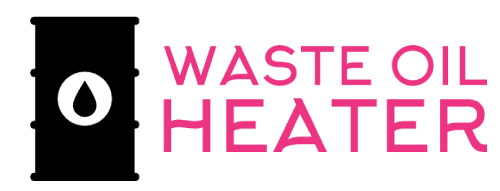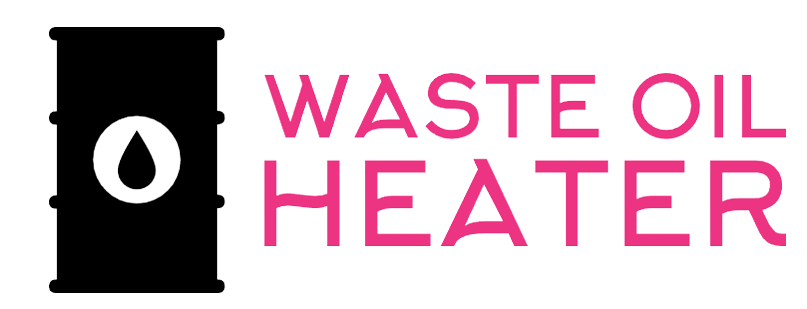To put it another way, air pollution is a kind of contamination in the atmosphere that is damaging to human health and the health of other creatures.
Carbon dioxide, nitrous oxides, ammonia and chlorofluorocarbons (CFCs) are some of the most common air pollutants. There are many illnesses that may develop from air pollution, some of which can be fatal, and this is a major environmental problem. As a result, air pollution prevention is critical. Crops and animals are among the many living forms that are thought to be negatively affected by air pollution. It should be emphasised that air pollution may be produced by both natural and man-made factors.
Respiratory infections, Heart disease, chronic obstructive pulmonary disease (COPD), lung cancer and stroke are only a few of the many pollution-related disorders that have been linked to air pollution. The effects of poor pollution levels on human health are wide-ranging, but predominantly impact the respiratory and cardiovascular systems. Individual responses to air pollutants are influenced by a variety of factors, including the kind of pollutant, the individual’s health and heredity, as well as the degree of exposure. Toxic pollution in buildings and poor air quality in cities are two of the most serious issues we face today.
Air Pollutants
The term “air pollutant” refers to anything in the environment that has the potential to damage people or the ecosystem. Particulate matter, gas substances, and liquid droplets are all types of air pollutants. There are both natural and man-made contaminants. Secondary and primary pollutants, respectively, are the two main types of air pollutants. Primary pollutants are often created by natural processes, such as the ash generated by a volcanic explosion. Primary pollutants include sulphur dioxide from industry and carbon monoxide gas from automobile exhausts.
Secondary pollutants are not emitted directly into the atmosphere. Instead, secondary pollutants emerge in the atmosphere as a result of primary contaminants reacting or communicating with one another. Ground-level ozone is a good example of this type pollutant. Both natural and artificial activities may create both primary & secondary pollutants.

What Can Be Done To Prevent Air Pollution?
The following is a list of practical steps that anybody may do to help reduce pollution in the air.
A person’s ability to reduce pollution in the environment and contribute to cleaner air is increased by using public transportation or carpooling rather than driving alone. In addition, these choices are cost-effective and may help you save money.
Turning off the lights while not in use helps reduce air pollution, since most of our power is generated by burning fossil fuels. Air pollution may be reduced by reducing the amount of power that is used.
When things that may be reused are recycled, the amount of energy needed to produce a new product is reduced, therefore saving money and resources. In addition, recycling items saves energy compared to creating new ones.
Avoiding the incineration of rubbish and the use of tobacco products will help reduce air pollution. In addition, cigarette smoking is a major source of air pollution. Preventing air pollution may be greatly improved by avoiding and educating people about these activities’ detrimental effects.
Never use fireworks – fireworks are usually used to commemorate a special event. It is well-known, however, that these vehicles emit large amounts of pollutants into the atmosphere. One of the best ways to help reduce air pollution is to avoid using firecrackers yourself and to raise awareness of their bad effects.










